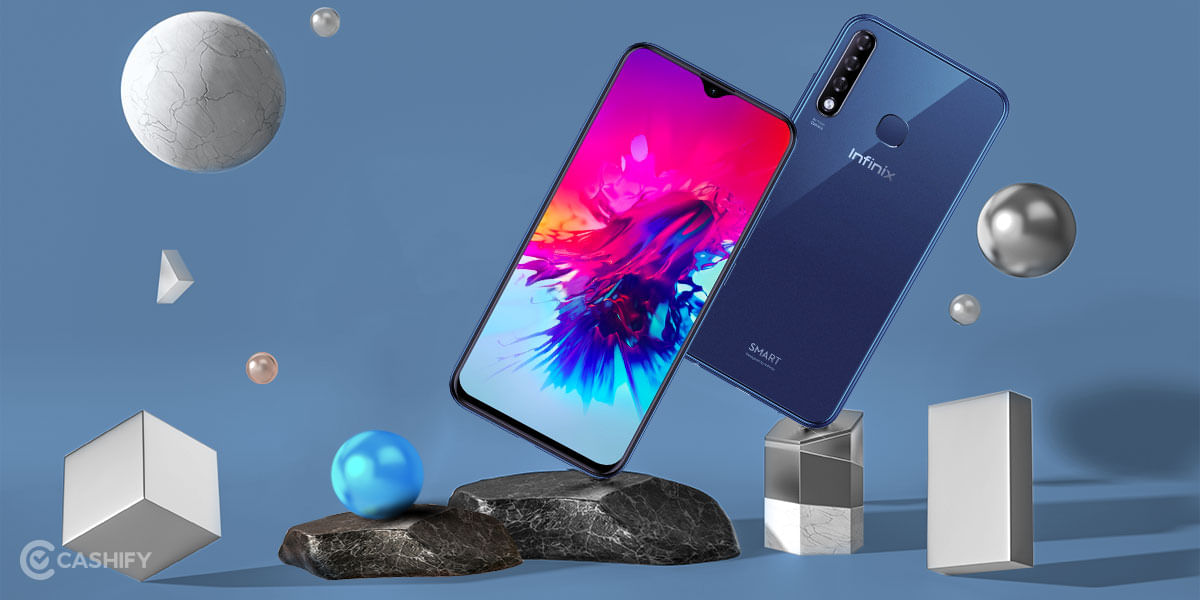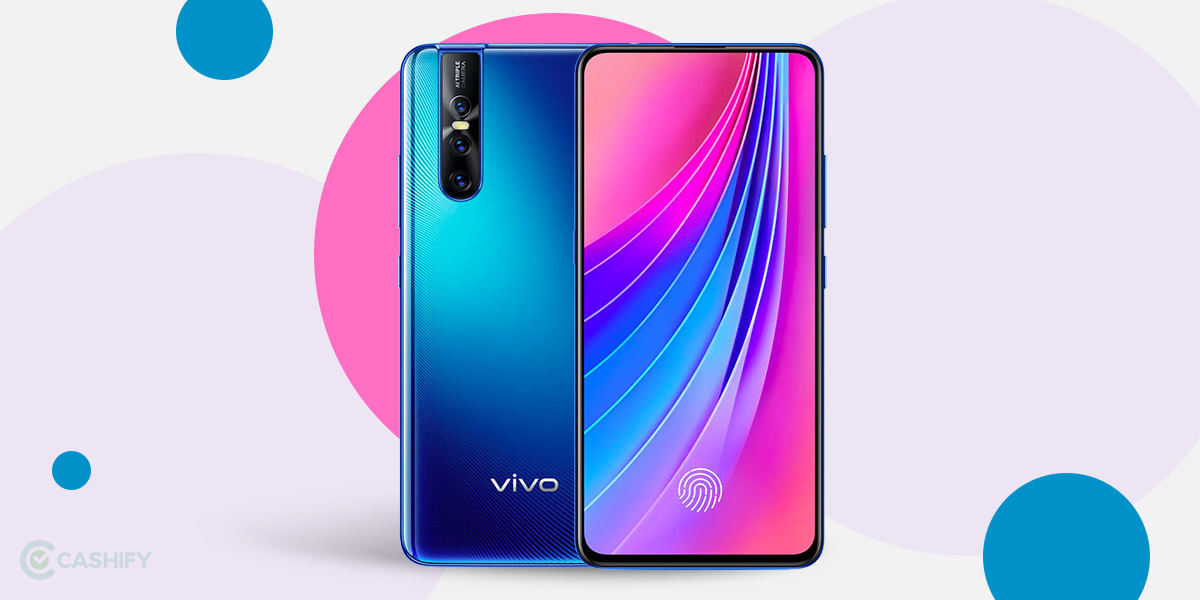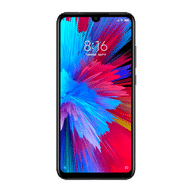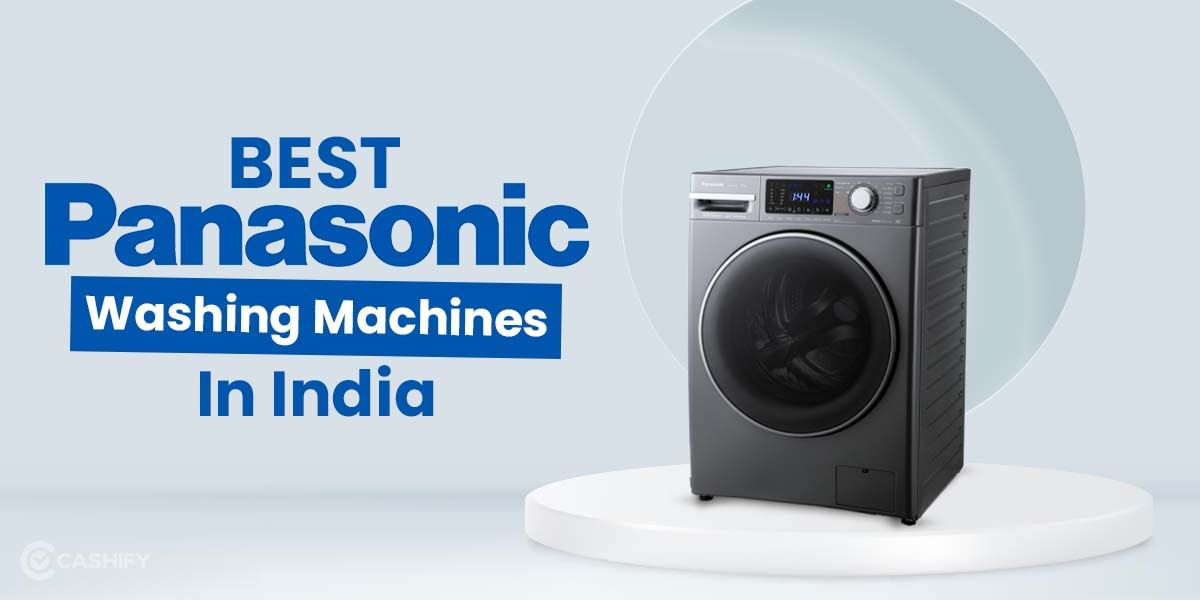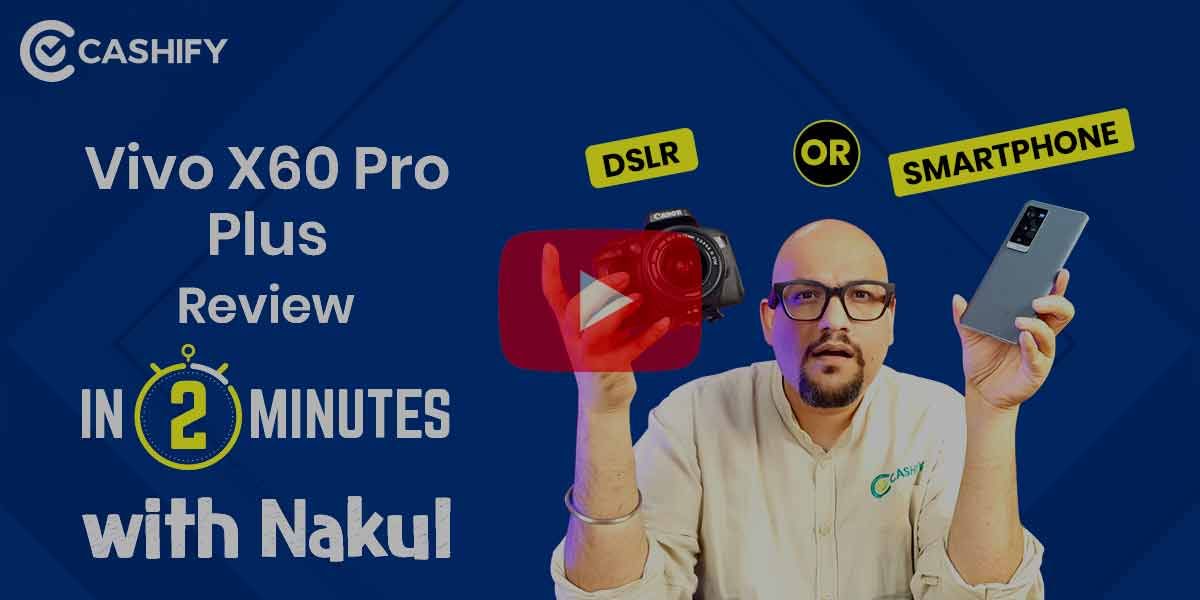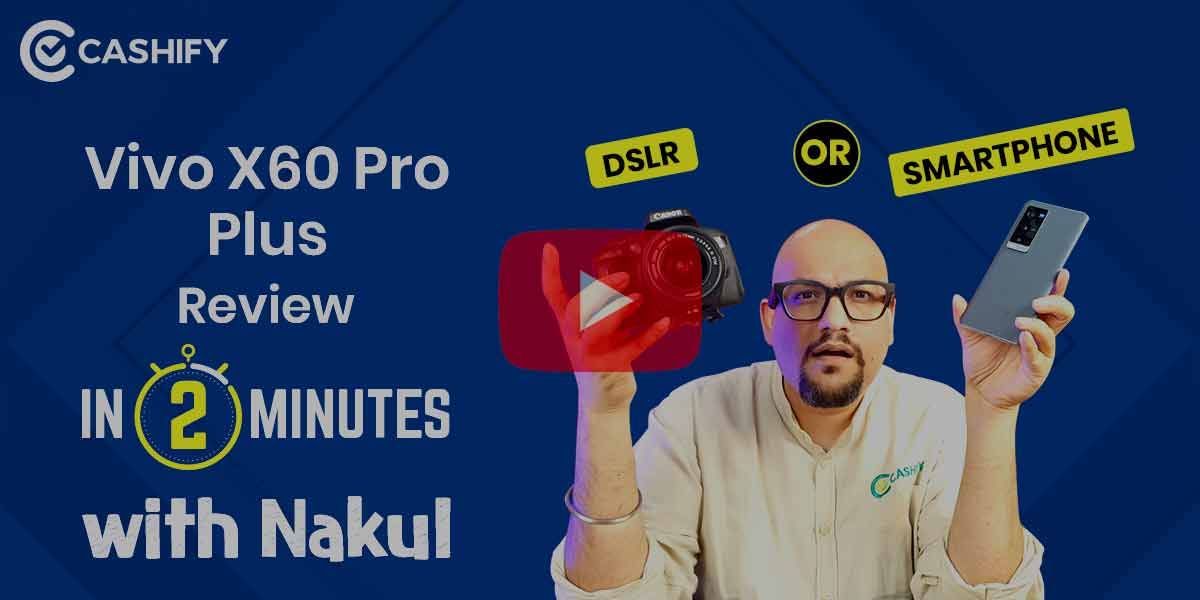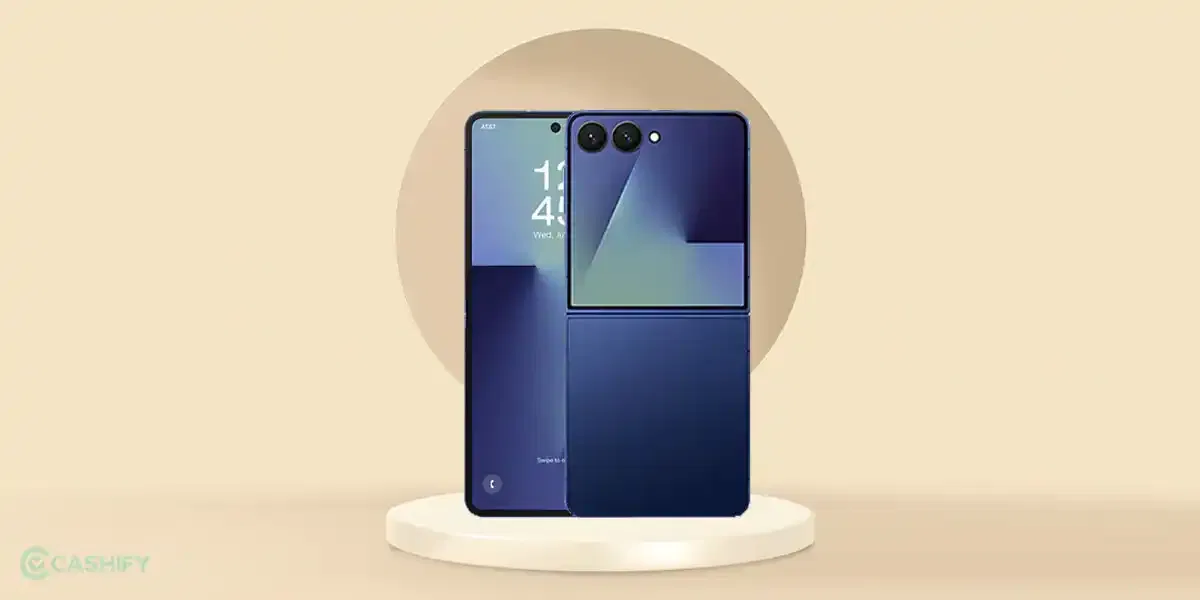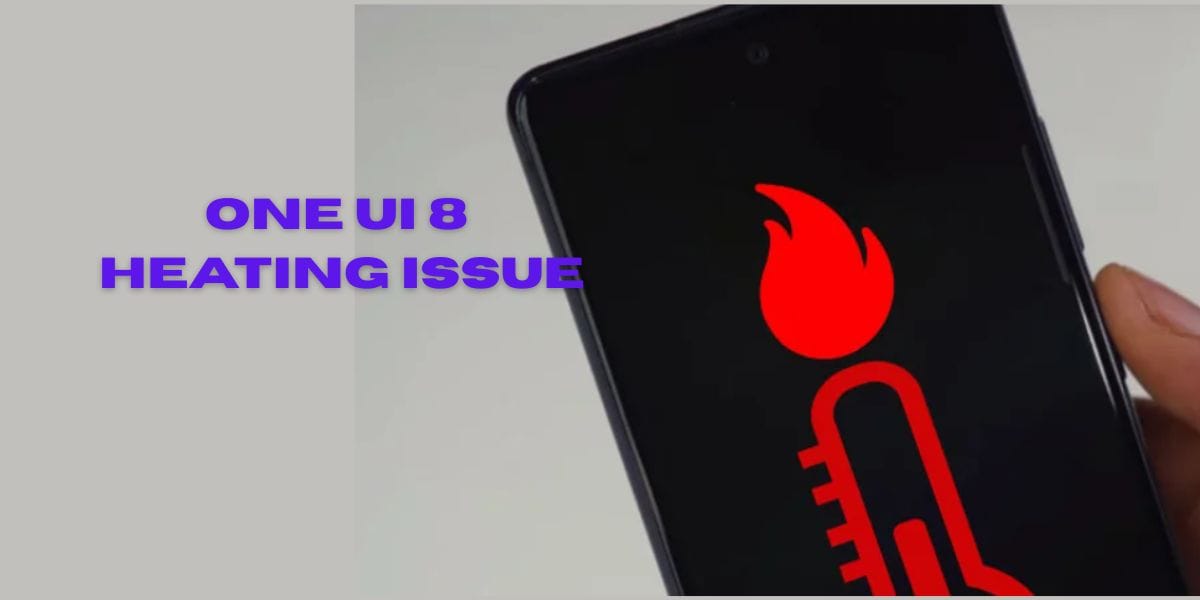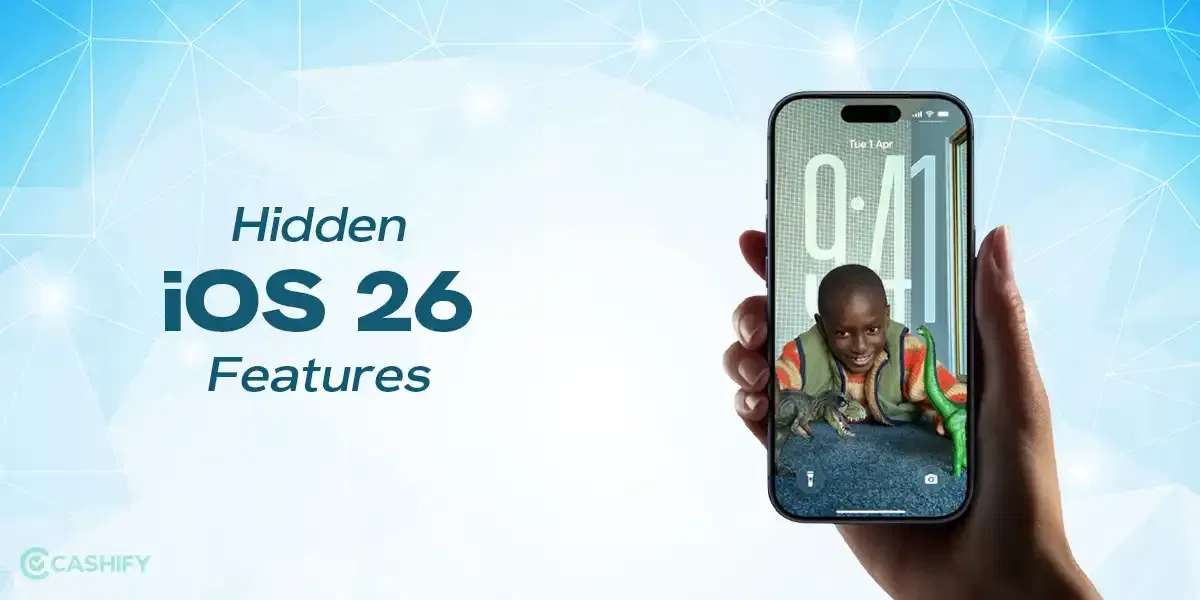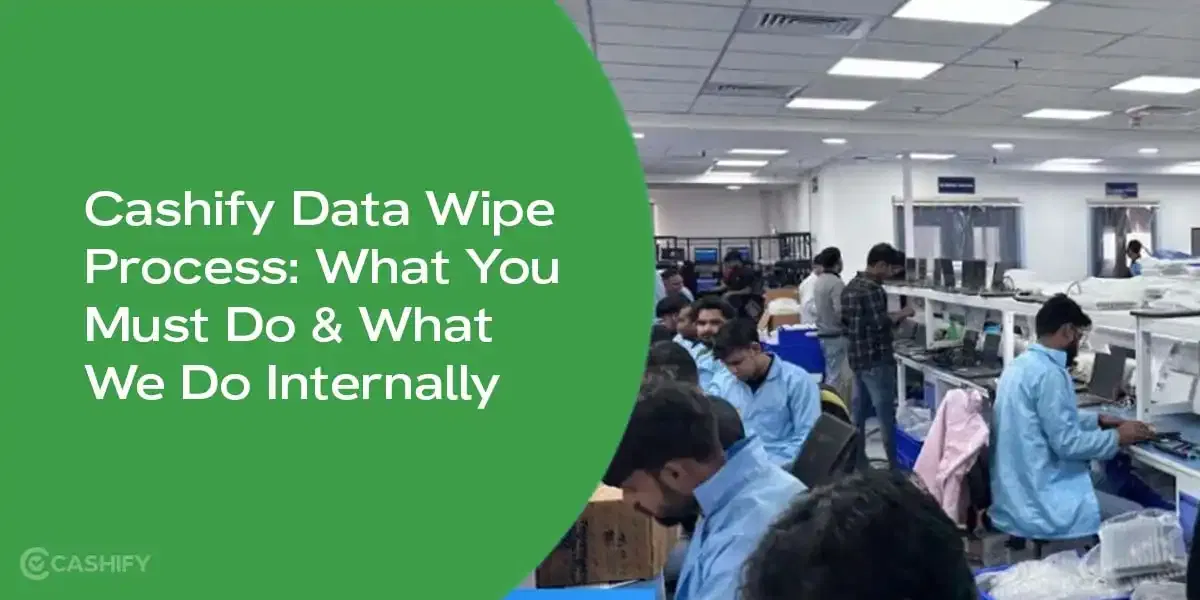Introduction
Xiaomi has been dominating the entire budget smartphone lineup for a long time now. Recently, Samsung and Realme started manufacturing devices that can actually drive users away from the Chinese manufacturer. To hold that position strong, Xiaomi has launched yet another budget smartphone dubbed Redmi Note 7S in the country.
As the name suggests, the device tends to fill the gap between Redmi Note 7 and Redmi Note 7 Pro. Xiaomi Redmi Note 7S is basically a Redmi Note 7 but with the improved 48MP rear camera. Is this the necessary upgrade and does it justify the increased price tag? Read our comprehensive review of Xiaomi Redmi Note 7S to find out the answers.
Note: Xiaomi will discontinue the Redmi Note 7 smartphone to make way for the Redmi Note 7S.
Price in India, Variants, Availability
Xiaomi Redmi Note 7S comes in two storage options – 3GB+32GB and 4GB+64GB. The smartphone is available four different color options namely Ruby Red, Onyx Black, Sapphire Blue and Moonlight (Astro) White. The base variant of the device is priced at INR 9,999 while the top model will set you back INR 11,999.
At the time of writing this review, Xiaomi has partnered with various brands for various offers. You can get 5% cashback up to INR 500 using the HDFC debit cards. The smartphone maker is also offering No Cost EMI on all major credit and debit cards. You can also make use of Airtel Double Data offer.
Box Contents
Xiaomi Redmi Note 7S comes packed in a white colored box with device’s photo printed on the front side. Opening the lid, the first thing you’ll see is the device itself covered in protective layer showing key specs on the film. There is a rectangular section that consists of a black transparent case, SIM ejector tool and documentation.
Keeping all these aside for a while, you will see a standard 10W wall charger and a USB Type-C port. It’s good to see that there is a Type-C port at this price tag.
Here is a quick overview of what you’ll be getting inside the box:
– Redmi Note 7S
– 10W wall charger
– USB Type-C port
– SIM ejector pin
– Black transparent case
– Manuals and documentation
Specs at a glance
Before we jump right into our detailed review, let’s have a quick look at the key specs first.
– Display: 6.3-inch IPS LCD panel, 1080×2340 pixels, 409ppi
– Processor: Snapdragon 660, 14nm
– GPU: Adreno 512
– RAM and ROM: 3GB+32GB, 4GB+64GB
– Rear cameras: 48MP+5MP
– Selfie camera: 13MP, f/2.0
– Battery: 4,000mAh capacity
– Software: Android Pie, MIUI 10
– Weight: 186g
– Dimensions: 159.2×75.2×8.1mm
With key specs cleared out of the way, let’s have a look at the very first aspect of our in-depth review.
Design and Build Quality
Xiaomi Redmi series follows a similar design ideology every single time. What I mean is the Redmi Note 7S shares the same aesthetic as that of Redmi Note 7 and Redmi Note 7 Pro. It comes with a glass and metal sandwich design having Gorilla Glass 5 protection on both sides.
Right from the inception, Redmi lineup has improved tremendously in terms of design and ergonomics. Redmi Note 7S falls right into our hand and feels much more premium and comfortable. In fact, you can feel the borderline perfection of the design. There is a gradient back which shifts colors depending on the way light strikes the surface. At the back, there is a dual camera module with a noticeable bump. You also get a fingerprint sensor at the back and the company’s branding.
Flip over the device and you’ll see an IPS LCD panel featuring at waterdrop notch (or dot notch). The notification LED is located at the bottom. The bezels on the side are quite thin while the chin is relatively thicker. Coming to the buttons, the power button and volume rocker is located on the right side. The buttons are clicky, has good tactical feedback and does not wobble at all. On left side, you will find the hybrid SIM card slot. At the bottom, there is a USB Type-C port and speaker grille. The 3.5-mm headphone jack is located at the top along with an IR blaster.
With the new Redmi 7-lineup, Xiaomi has learned the technique to master the design and build quality of a budget device. The Redmi Note 7S feels like its other two siblings. Overall, we are impressed by the design and build quality here.
Display
When it comes to display, Redmi Note 7S once again features the exact same panel as that of its other two siblings. The smartphone has the best display at this price tag. The Note 7S is equipped with a 6.3-inch IPS LCD panel featuring a dot-notch on the top. Thanks to the notch and slim bezels, the device has a screen-to-body-ratio of 81.4 percent.
With Full HD+ resolution having 1080×2340 pixels, the color reproduction and black levels are pretty decent on this device. The colors are quite vibrant and watching online content is a great experience. The device even comes with Widevine L1 certification that allows you to stream HD content on Netflix and Amazon.
There is a system wide dark mode which you can use to give your software a decent aesthetic. Although it would not help you in terms of power consumption because of IPS LCD panel. Brightness levels are up to the mark and you will find no issues in direct sunlight.
Performance
Under the hood, Xiaomi Redmi Note 7S is powered by a Qualcomm Snapdragon 660 chipset coupled with up to 4GB RAM and up to 64GB onboard memory. The SD660 is a very capable chipset that can meet your every single tasks at the end of the day.
During our usage, the chipset handled everything with perfection. There were no signs of occasional lags or stutters. The UI animations are quite smooth and switching between apps is responsive. The 4GB variant is a great option for those who tends to heavy multitasking or productivity tasks. If you’re an average user, you can go with 3GB RAM option.
Even the device can handle graphics intensive games such as Pubg Mobile with ease. There were no lags or frame drops during our gaming sessions. We did see some rendering issues but that was very rare. Internal storage is something which might annoy you if you’re planning to buy the base variant.
Software
Xiaomi Redmi Note 7S runs on the latest version of Android operating system i.e. Android 9.0 Pie based on the MIUI 10 skin. MIUI is a good custom skin but the company’s cheap tactics makes it the most annoying software at the same time.
I like the fact that there are plenty of features to play around with. I also liked the rounded icons and the overall software color scheme. The thing I hate the most is the amount of bloatware apps. You can remove a few of them to free up some space but the rest you’ll have to bear with it. Another annoying problem is the advertisement inside the system apps. Most of the times, you will receive ads on notification pop-up which degrades the entire user experience.
Xiaomi needs to find some other alternative besides forcefully throwing ads down the throat of consumers. I do like some small nifty additions such as the integrated OTP sms detection and the ability to scan QR code from camera app.
Cameras
Xiaomi Redmi Note 7S features a dual camera module at the back consisting of a 48MP primary sensor and a 5MP depth sensor. The 48MP Samsung GM1 sensor is the only thing that separates the Note 7S from the Note 7.
As expected, the primary sensor works pretty well under daylight conditions. In fact, there is literally no chance of getting a worse shot in proper lightning conditions from the primary sensor. The depth sensor, on the other hand, also does a fantastic job. Portrait shots are surprisingly impressive with good level of edge detections. Overall, the shots had a good level of detail, slightly over saturated and good exposure. Turn the HDR to Auto to click better shots every single time.
For low light conditions, there is a night mode in the camera app which you can enable. The mode will brighten the images reducing noise or grain to some extent. We will recommend using this mode during low-light situations.
Moving on to the selfie camera, there is a single 13MP sensor having an aperture of f/2.0. The front snapper takes selfies with good level of detail just like the rear cameras. The portrait mode also works surprisingly well with good edge detections. AI mode does improve colors a bit in the selfie camera. Sadly, the night mode does not work on the selfie camera and you will have to compromise with the screen flash.
With the improved rear camera, the video recording has also changed a bit. You can now get much better videos with good details at 1080p 60fps. There is a software-based stabilization that reduces the shakiness in the video.
Battery Life
The Redmi Note 7S is backed by a massive 4,000mAh battery packed inside. The phone should last you for an entire day on a single charge. Our daily usage looks something like this – WiFi and Bluetooth always on, constant text messages, few phone calls, long music playback, content streaming, photo sessions and few Pubg sessions.
You can use the bundled 5V wall charger which is not a fast charger by the way. The device does support Quick Charge 4.0 but you will have to purchase the fast charger separately. The phone should charge completely in about 1 hour and 30 minutes.
Audio, Biometrics, Connectivity
Coming to the audio, there is a speaker grille at the bottom which has not so decent audio in my opinion. I mean the audio does not distort but the speaker isn’t that loud. The same is the case with audio jack which also has underwhelming output.
There is a fingerprint sensor at the back which is quite quick, accurate and reliable. You can easily add your fingerprints. Alternatively, you can also use the Face Unlock feature to unlock your device. It is quick but not reliable at all since it makes use of 2D graph representation of your face.
Coming to connectivity, there are plenty of features on the Redmi Note 7S. There is a dual-band WiFi, Bluetooth 5.0 with A2DP & LE, GPS, FM Radio and USB Type-C for charging. You also get an IR blaster which will come in handy most of the time.
Coming to the verdict, things are a little tricky here thanks to Xiaomi for offering three devices at a marginally low price gap. First of all, the improved rear camera of Redmi Note 7S is very impressive and definitely worth that extra INR 1,000. Redmi Note 7 was one of the best devices under the budget segment and the 7S makes that space a little more interesting.
If you care about camera performance and has a strict budget of 9,999, then you can go for the Redmi Note 7S base variant. If cameras are not your preference, then you can go with the Redmi Note 7 which will save you a 1000 buck. On the other end, if you’re planning to buy the top variant of Note 7S, then we will recommend investing another INR 1,000 and go for the better Redmi Note 7 Pro.
Before buying a Xiaomi device, keep in mind that you will come across with numerous ads in the UI. If you can let that slide for a better performance, go for the Redmi devices.
Pro:
Impressive build quality
Best display in this segment
Powerful processor
Strong rear cameras
Long-lasting battery
Value for money
Cons:
No bundled fast charger
UI filled with ads
Audio output could have been better

